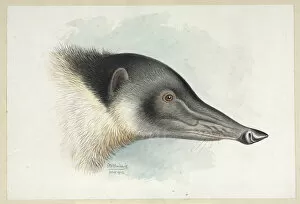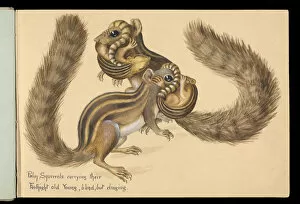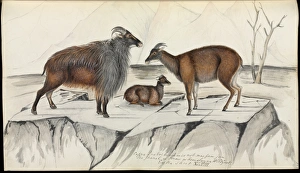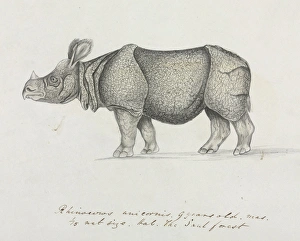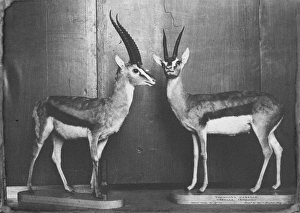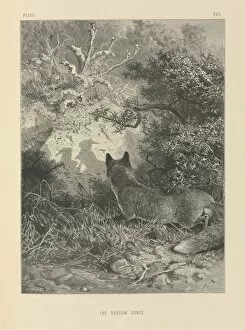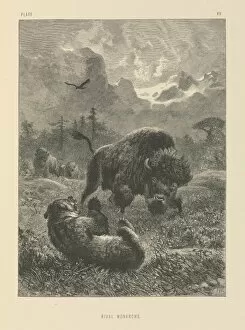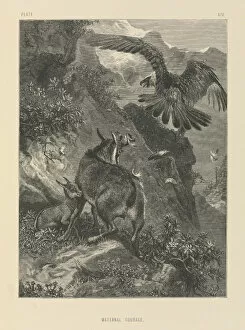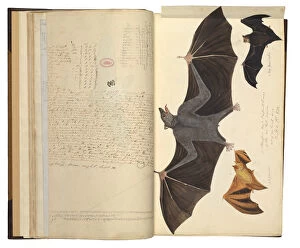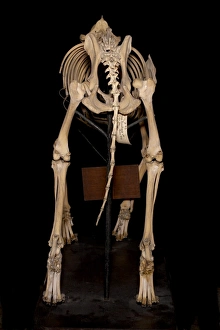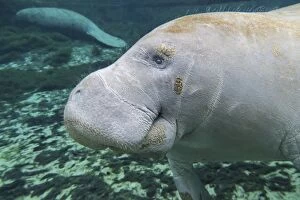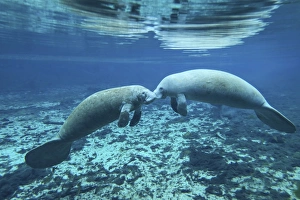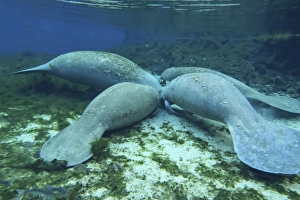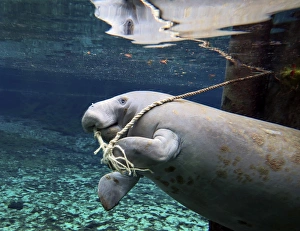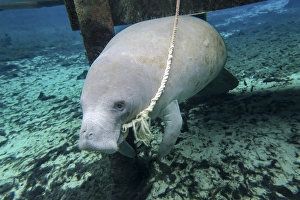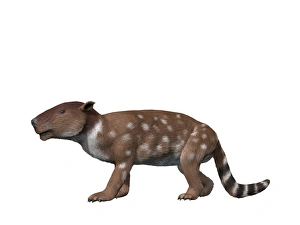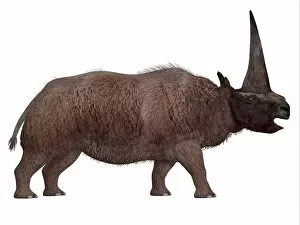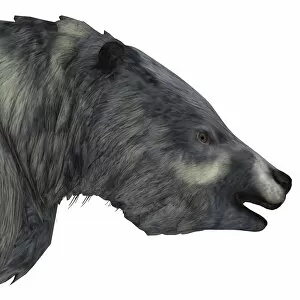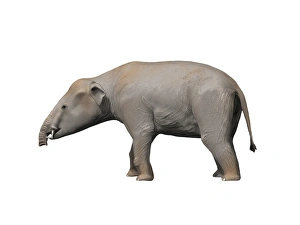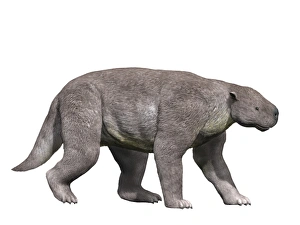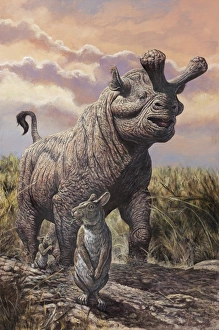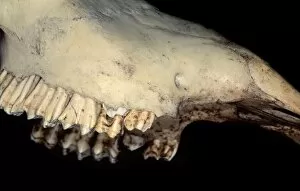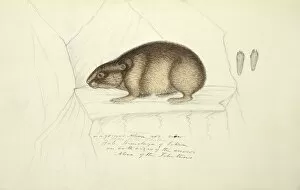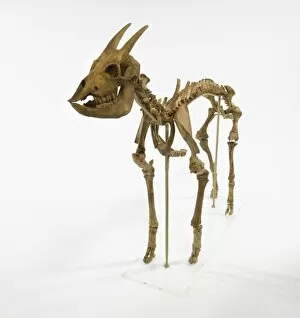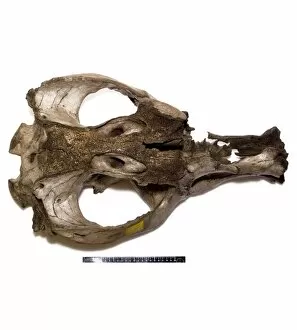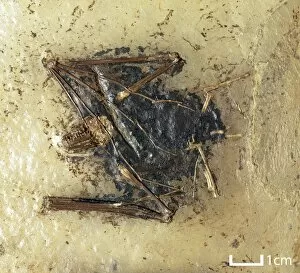Eutheria Collection (page 7)
Eutheria, the diverse group of mammals that includes humans, has fascinated scientists and researchers for centuries
All Professionally Made to Order for Quick Shipping
Eutheria, the diverse group of mammals that includes humans, has fascinated scientists and researchers for centuries. From the groundbreaking discoveries of Mary Anning in the early 19th century to the remarkable findings of Australopithecus afarensis (AL 288-1), also known as Lucy, our understanding of eutherian evolution has greatly expanded. One intriguing aspect is the concept of sensory homunculus, a representation of how our brain perceives different body parts based on their sensitivity. This visual depiction allows us to comprehend how certain areas have heightened or diminished sensory capabilities. Speaking of Lucy, her well-preserved hominid crania provided invaluable insights into human ancestry. As one of our earliest ancestors, Australopithecus afarensis played a crucial role in shaping our evolutionary history. Intriguingly, Lord Walter Rothschild's zebra-drawn trap showcased not only his eccentricity but also highlighted mankind's fascination with capturing and studying exotic animals from around the world. It serves as a reminder that curiosity knows no bounds when it comes to exploring Earth's biodiversity. Moving beyond primates and towards other members of Eutheria, Ballyregan Bob - a legendary greyhound - captured hearts with his exceptional speed and agility. His athletic prowess exemplified how selective breeding can shape specific traits within domesticated animals. The majestic Indian elephant photographed circa 1898 reminds us of these gentle giants' significance in various cultures worldwide. Revered for their intelligence and strength, elephants hold an important place both ecologically and symbolically. Meanwhile, Neofelis nebulosa diardi or clouded leopard showcases nature's artistry through its stunning coat pattern. These elusive felines remind us that beauty exists even in the most remote corners of our planet. Lama pacos or alpacas are another fascinating member within Eutheria known for their luxurious wool fibers prized by many.


